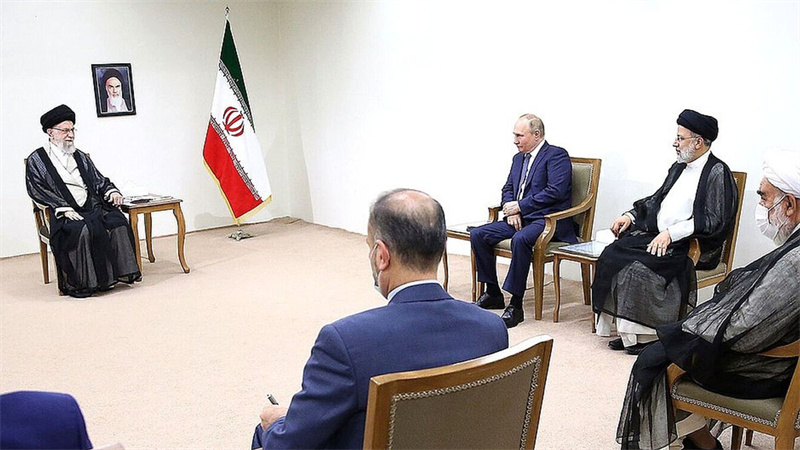Arms treaty between Moscow and Tehran: Swap drones and missiles for jets
The terror over Ukraine today could be the terror of the entire Middle East tomorrow. Iran is putting the most important war resources accumulated over the past decade in Putin's hands. It has supplied the Russians with drones that have become the protagonists of the raid on Kyiv and are ready to deliver ballistic missiles. Yet the massive arms transfer from Tehran to Moscow opens up another worrying frontier: what is the counterpart of the Ayatollah regime's promise?
The Islamic Republic has repeatedly ruled out supplies to the warring parties, but images of the attack in Ukraine documented the use of hundreds of Iranian drones. In particular, these are the triangular Shahed 136 and the larger Mohajer-6 used as a drone kamikaze. Simple and robust device, designed during a long embargo, with limited western components: not as precise as NATO systems, in Turkish or Chinese, but at the same time cheap. They cost less than the more powerful S-300 launched by the portable Stinger missile or Ukrainian anti-aircraft missiles that try to stop them. They almost never have GPS satellite guidance devices, which can be jammed by signal jamming devices, but some have other mechanisms to maintain a designated route. Yemen's Houthi attacks on Saudi Arabia proved their effectiveness, while the Revolutionary Guards experimented with swarm tactics: several drones flew at the same time to ensure some reached their targets.
The Kremlin is also on the verge of delivering ballistic missiles that can strike four times faster than sound, according to The Washington Post. Iran could drop the Fateh-110, which has a range of 2-300 km, and the Zolfaghar, which has a range of 700 km: each has a warhead with half a ton of explosives. They are missiles conceived by Tehran engineers with the backing of Chinese companies, and the latest version of the Fateh-110 is believed to be highly accurate: in January 2020, they fired on U.S. bases in Iraq in retaliation for the killing of Soleimani General. It is unclear how many were produced, but estimates are in the hundreds.

